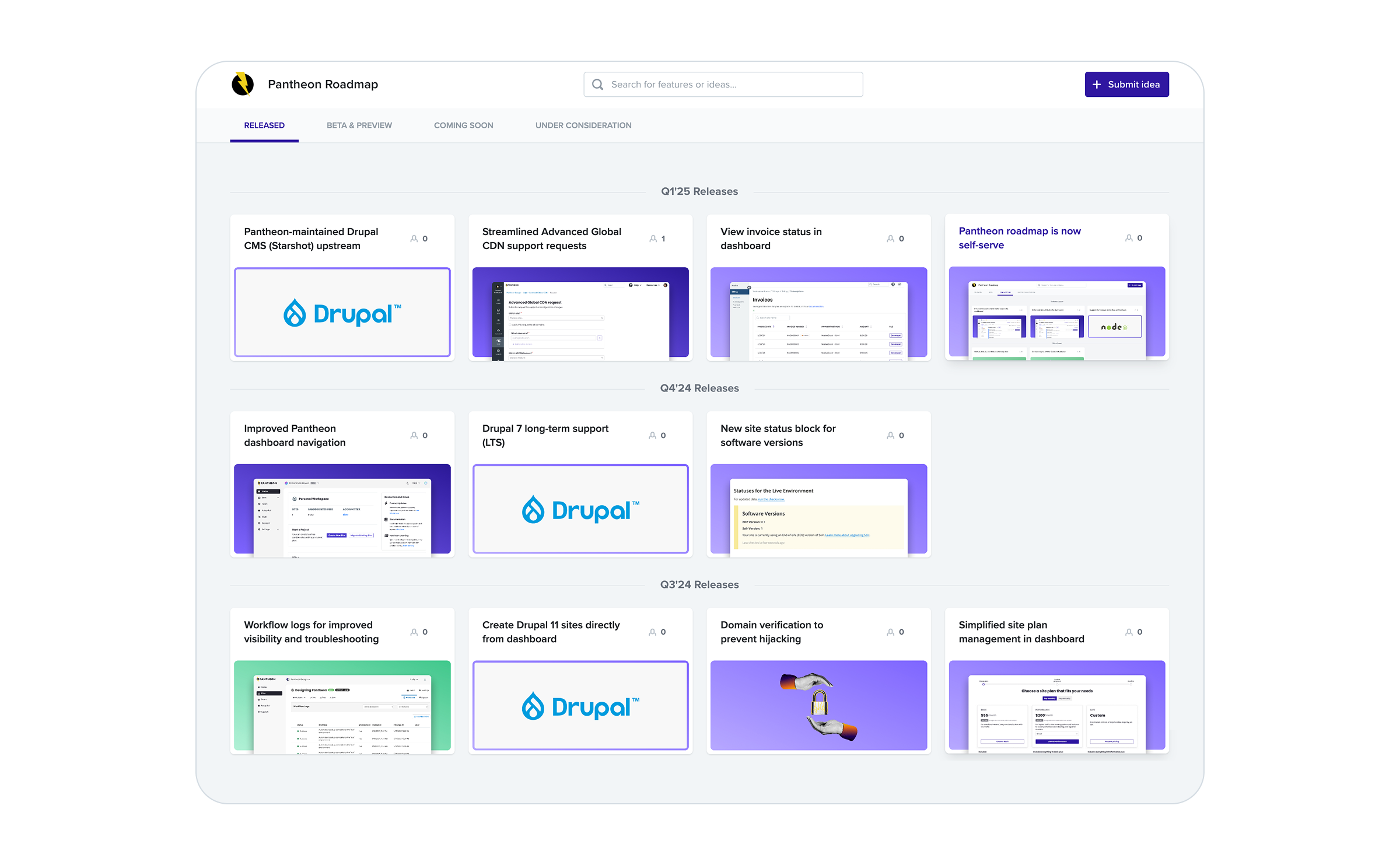How To Build a WebOps Team
Image

Building a website operations team is very similar to building a product-oriented team in a DevOps software development approach. There are two key differences, however:
WebOps involves a hard shift to the left. The whole rationale behind WebOps is to unify the business rationale and the engineering required to make a website function, rather than simply bringing together different parts of the engineering work.
WebOps is only about the website. It’s not something that can be applied to other parts of the company’s application suite.
So while there are many similarities with DevOps, the types of roles needed on a WebOps team are very different from a DevOps team. Here’s who you need on the WebOps team, and where you might find them.
The Specialties
An effective website draws from three primary disciplines: marketing, design and development. A WebOps team needs to have at least three individuals, each one of whom is responsible for the website and is the resident expert in one of those disciplines.
The marketer should have his or her eyes on the business goals related to the website. They should take the lead in identifying the core marketing strategy—what the call to action should be, how the website fits into the marketing funnel, how it supports other business activities, etc. The marketing role may also be responsible for writing web copy and testing strategies.
One of the first steps in adopting the WebOps approach to website development is to recognize that the website is a marketing asset. The website itself should be evaluated based on marketing goals, and the individuals who work on the WebOps teams should be part of the organizational marketing hierarchy. So ultimately, the marketing role on the WebOps team is the north star.
The designer is responsible for the look and feel of the website, but also needs to understand how design contributes to the overarching business goals. They need to be able to translate design best practices into better business results. This might include relentlessly A/B testing different design strategies and/or embracing iterative, minor design changes made on a weekly or daily basis.
The designer on a WebOps team is able to understand how visual elements of a website encourage or discourage certain actions and help the marketer and developer align the visual cues with the desired visitor actions.
The developer has traditionally been responsible for making the vision of the marketer and designer a reality. But in a WebOps approach, developers are able to engage strategically at every step of the process. They cannot only execute the vision, but also advise the rest of the team about the technical trade-offs involved with various functionality. This gives marketers and designers better knowledge about how long different feature sets might take, and what trade-offs there might be in terms of user experience when choosing between designs or features.
Cross-Functional Knowledge
While there are specific roles to fill on a WebOps team, the real challenge isn’t in finding another designer; it’s in finding a designer who understands marketing strategy as well as the technical underpinnings of developing and maintaining a website.
WebOps teams don’t need the smartest developer or the genius marketer. They need people willing and able to collaborate across disciplines and to own the website from start to finish.
Collaboration and Iteration
A WebOps developer isn’t focused on writing the best code. They are focused on building a website that meets marketing goals.
A WebOps designer shouldn’t worry about creating the most beautiful, award-winning website. Success for the website design is about ensuring the users are following through on the call to action.
A WebOps marketer isn’t pushing designers or developers around, insisting on getting exactly the functionality he or she envisions. They work in tight concert with the designer and developer to make quick, small updates to the website, looking to the rest of the team not only for visual or technical advice, but also for insights into how to improve the website strategy to meet marketing goals.
Recruit or Train?
So, where do you find these people? You have two options: Recruit WebOps professionals, or train specialists already in your organization. There are advantages to both, but it’s generally faster and easier to train people who already know your company. First, WebOps professionals are rare—and in-demand. Second, your current employees have deep institutional knowledge that will help them be successful as they change to a WebOps style approach to the website.
Usually, the best way to start is to bring together volunteers from within the marketing, design and development teams to work together to manage a small portion of the website. As the team gets more experience working in a cross-functional, collaborative, iterative way and the company gets used to the rapid website updates, the project can be expanded to more or all of the web properties.
What More?
While success with WebOps is mostly about changing how organizations think about their website and how they work to keep it updated, WebOps also requires the right technology. Pantheon gives organizations a way to focus on the big picture and update frequently without worrying about breaking the entire site. Curious what it could do for your team? Try it out now.


